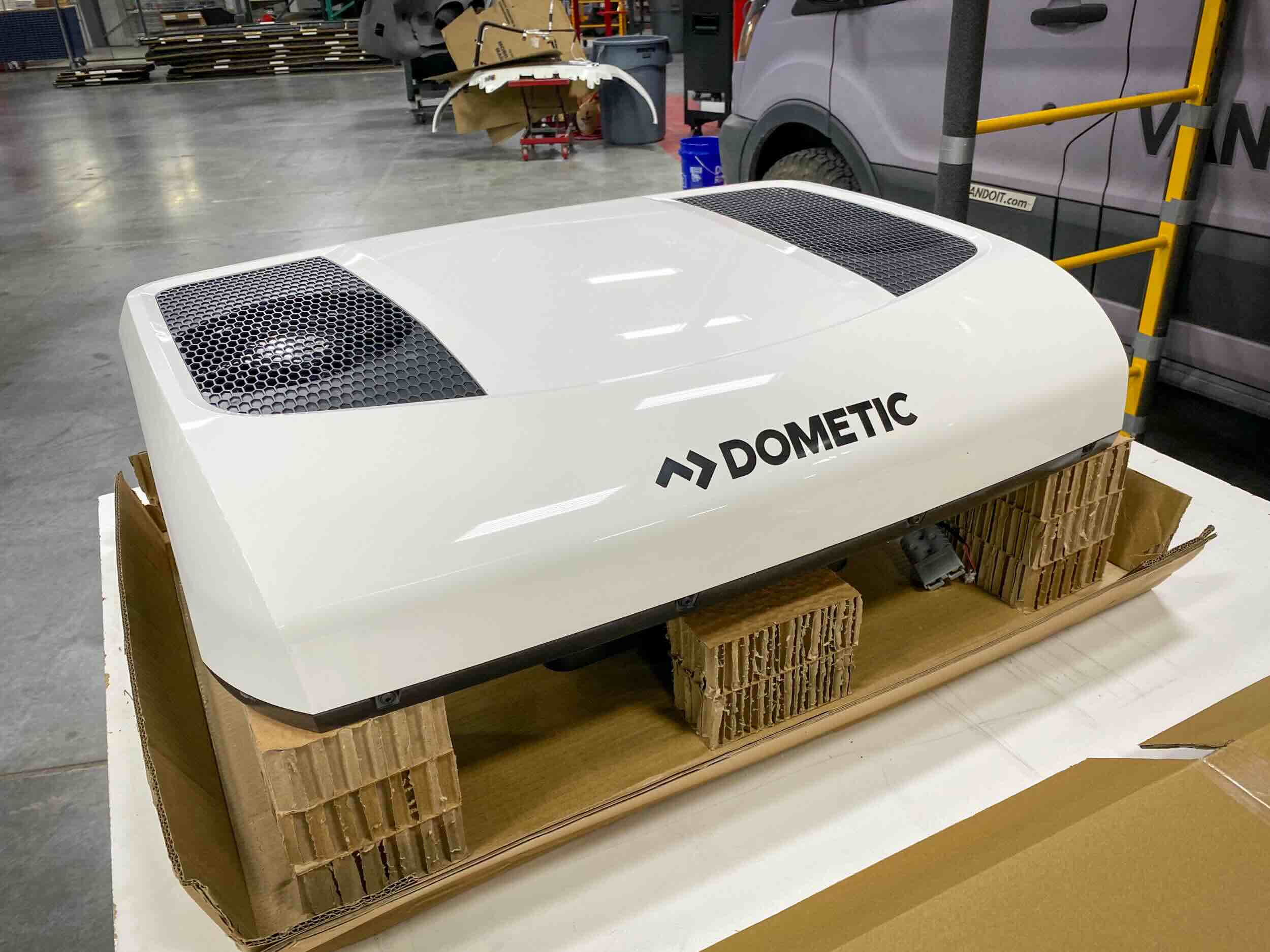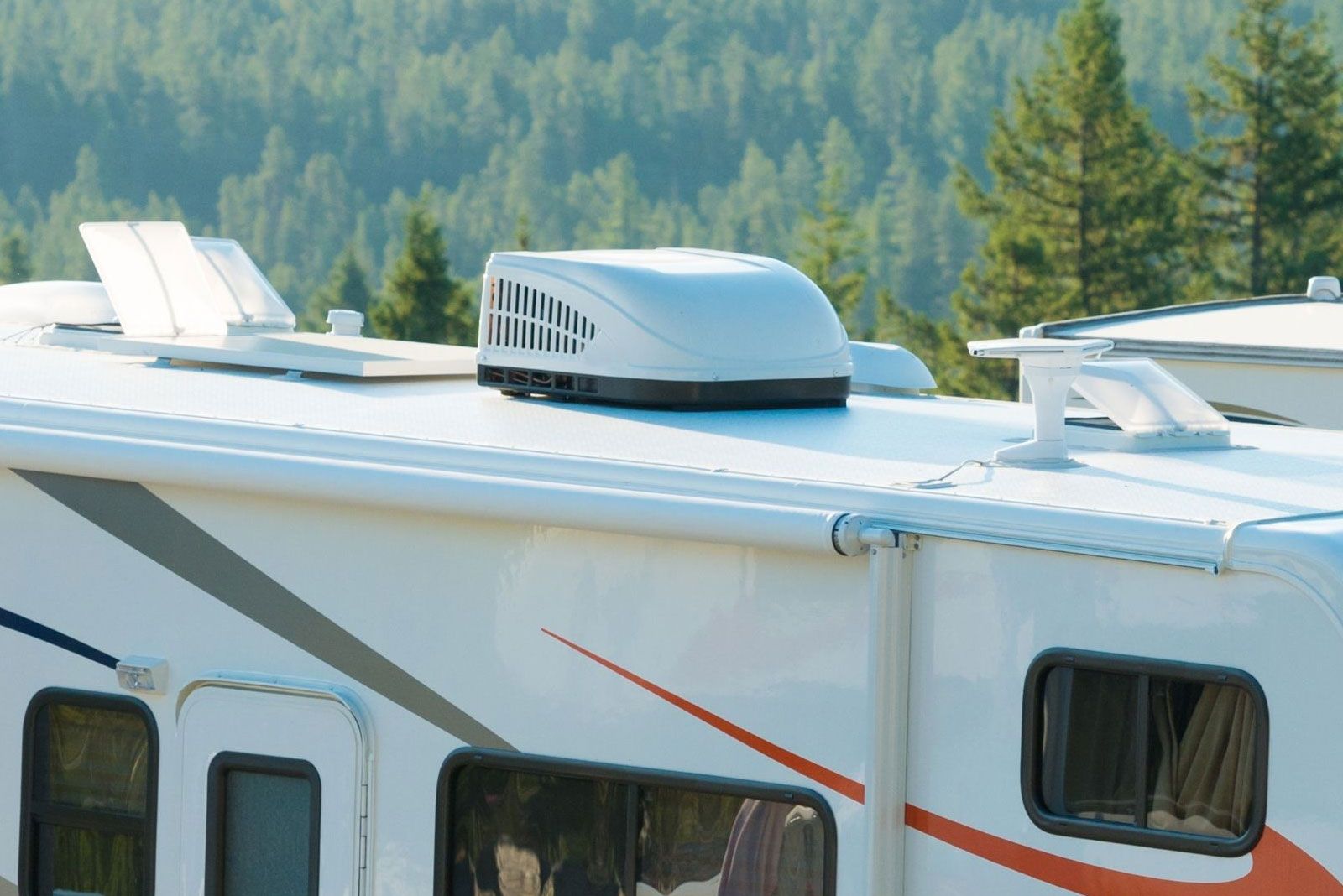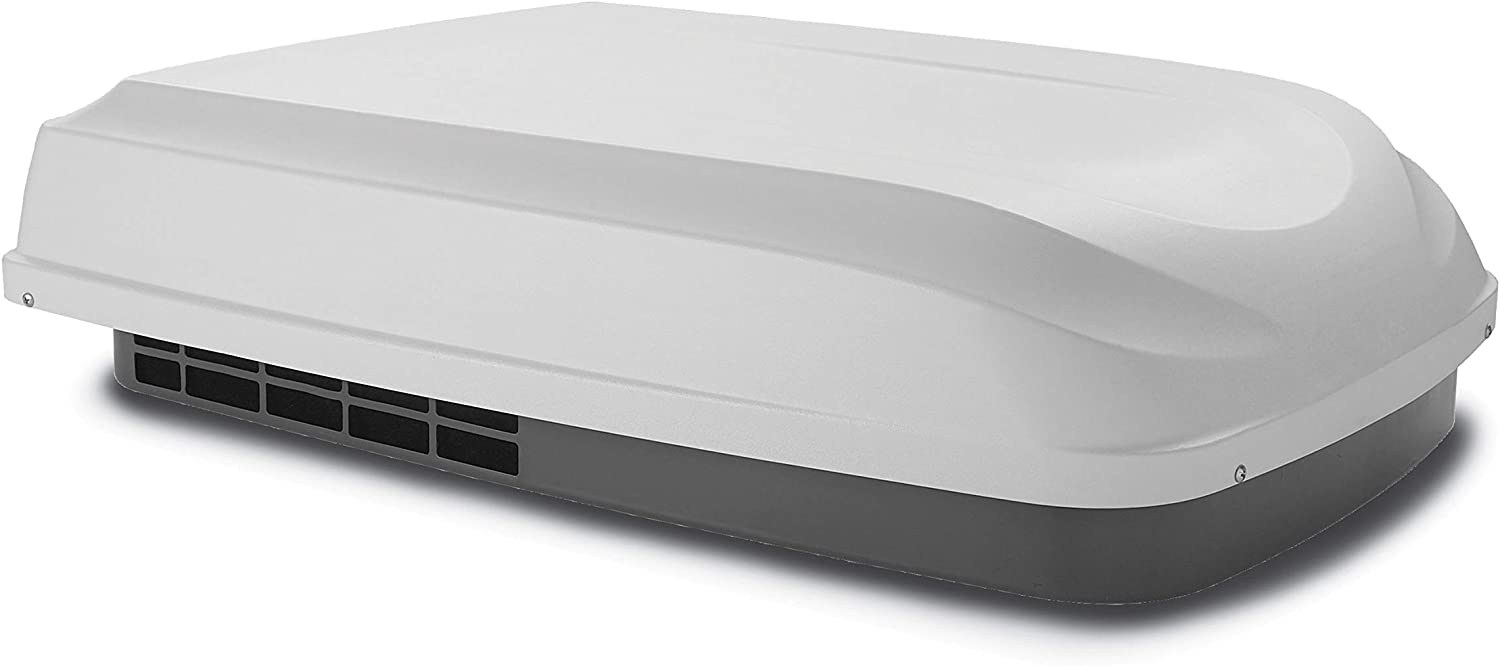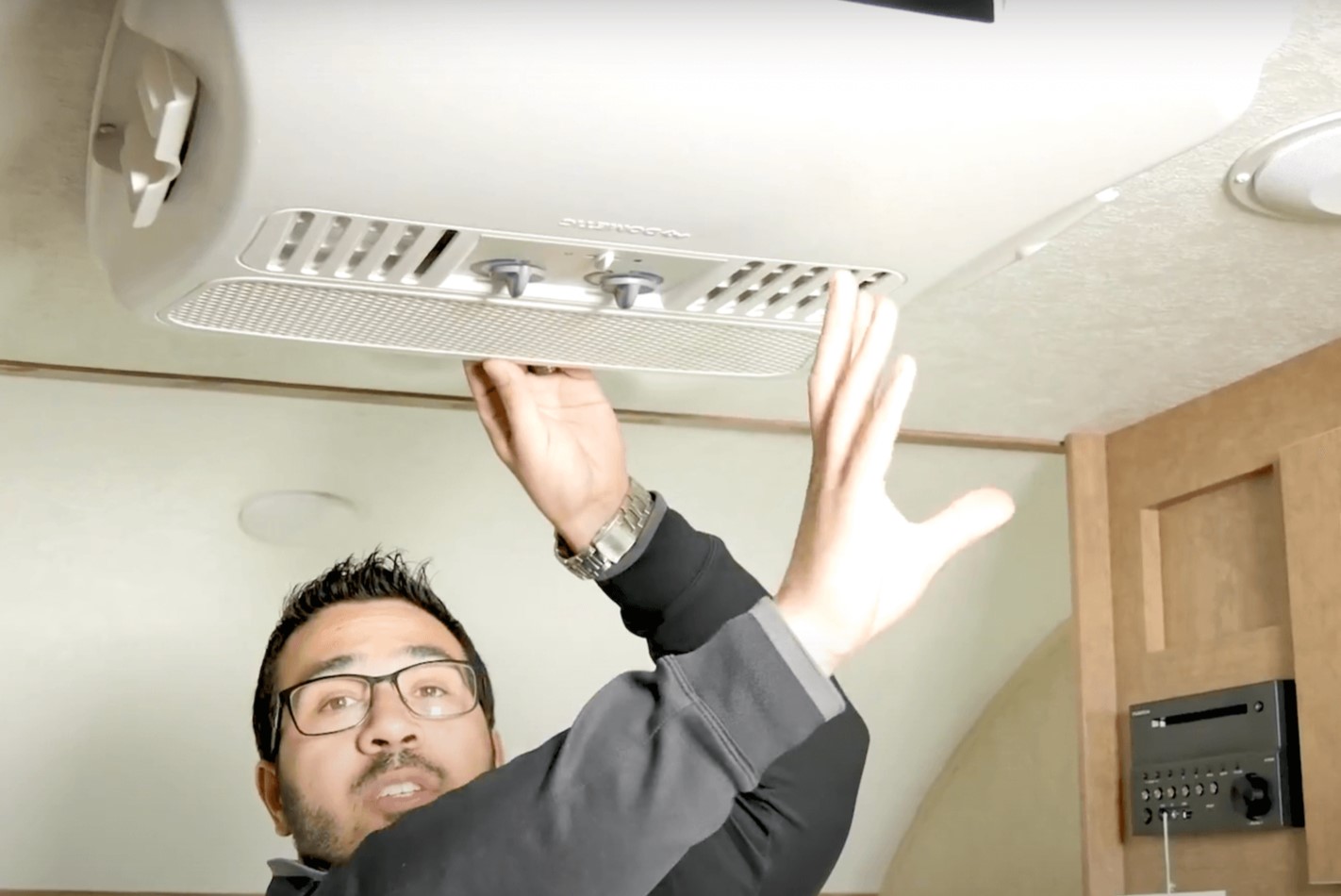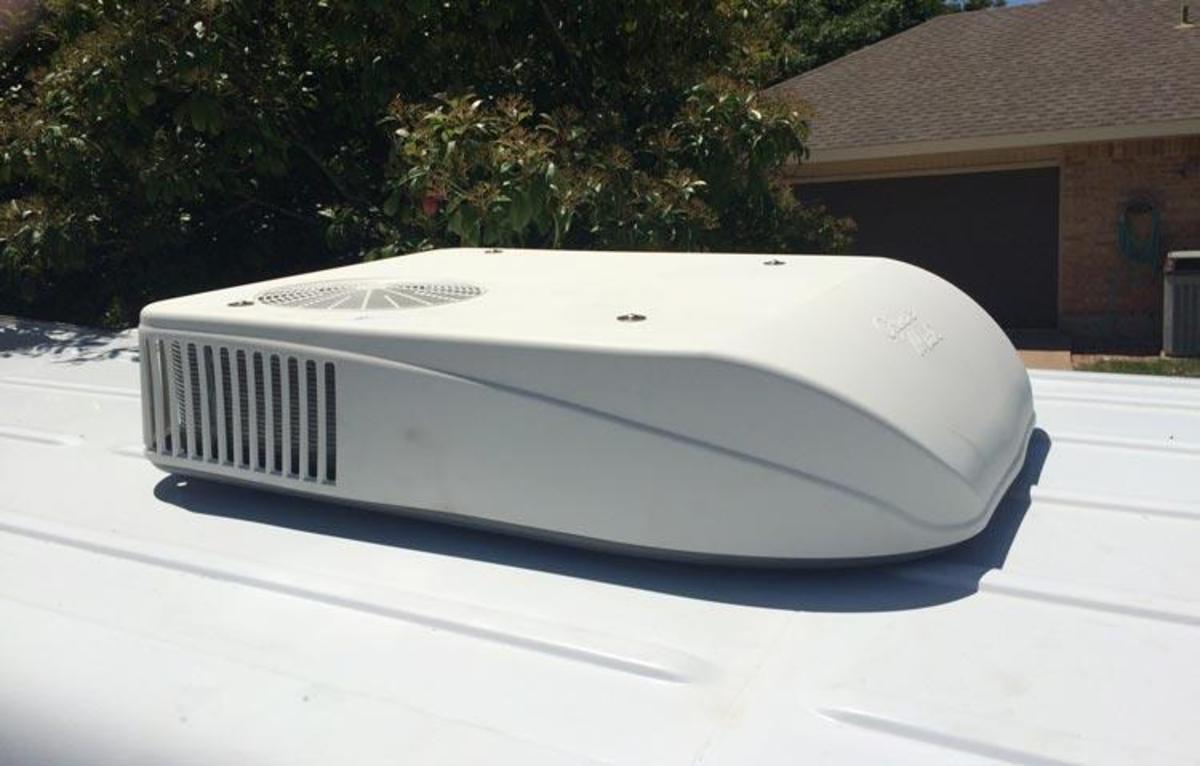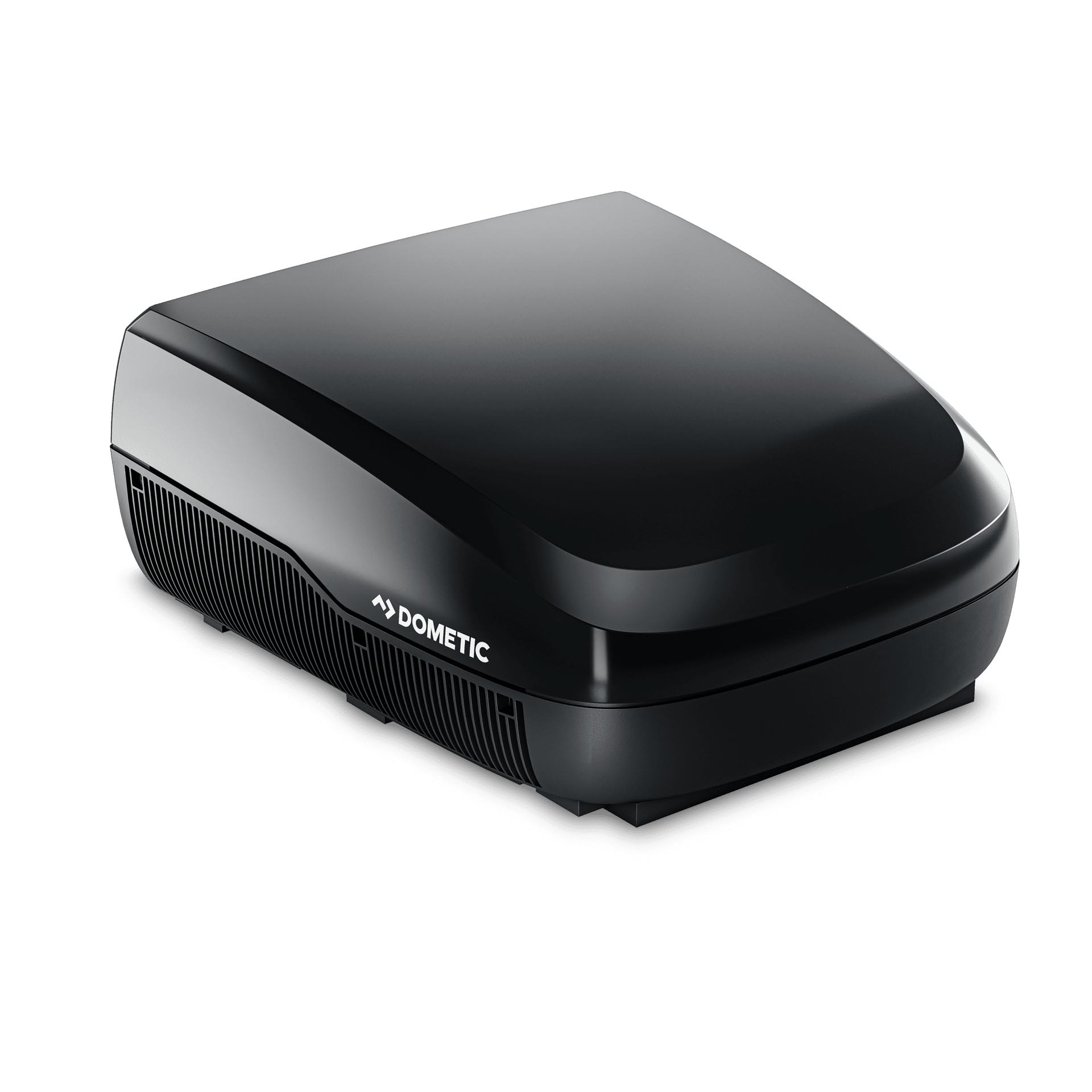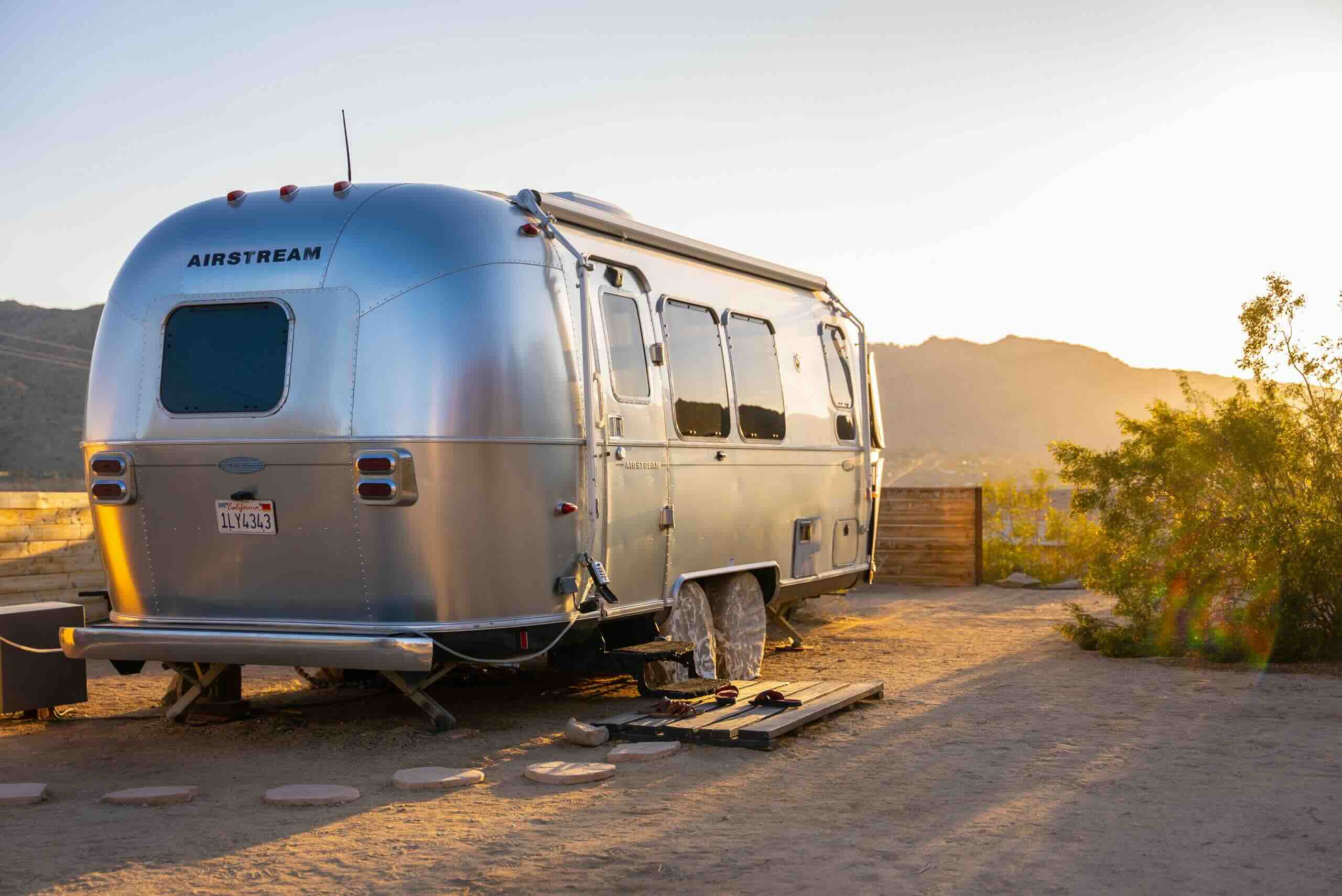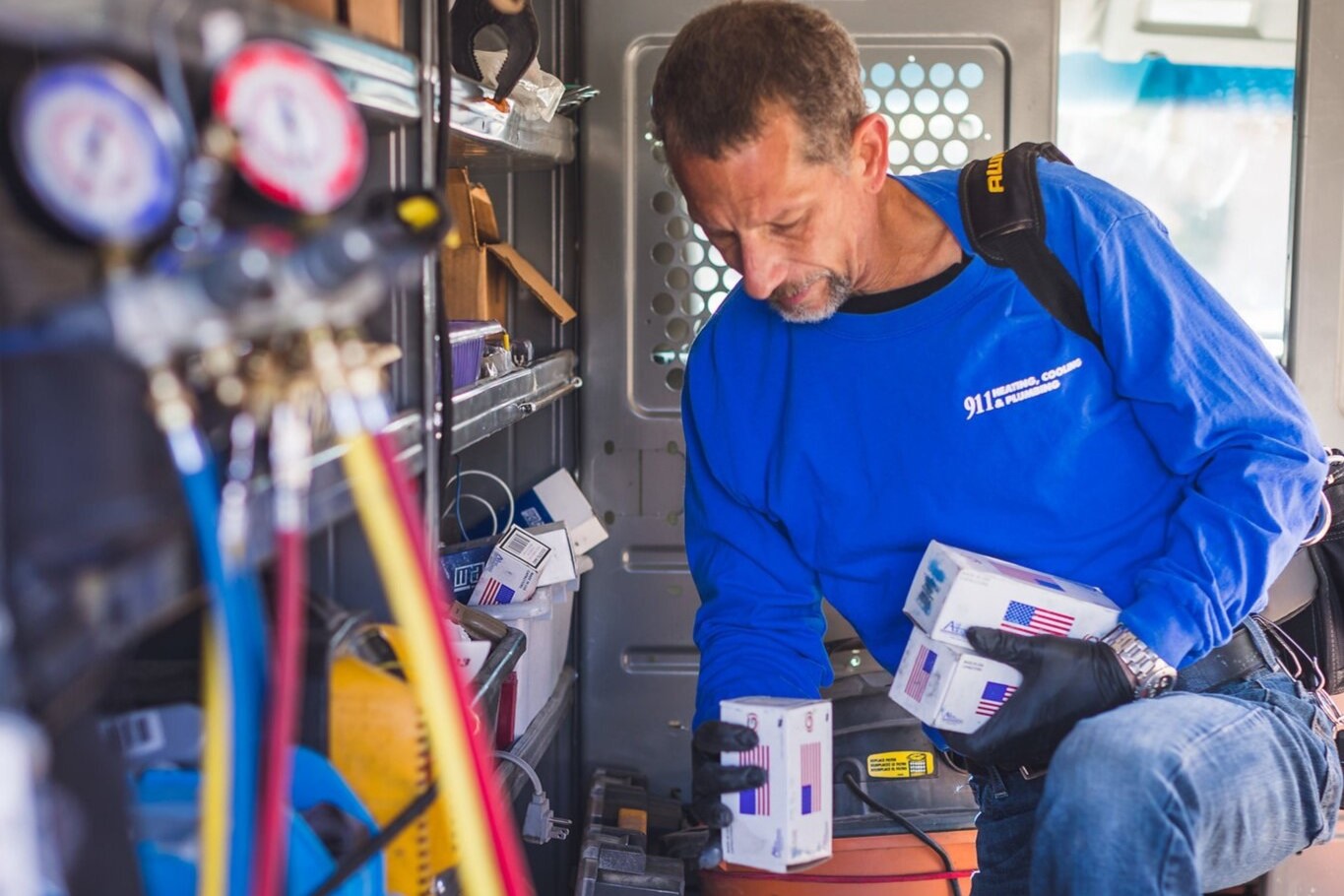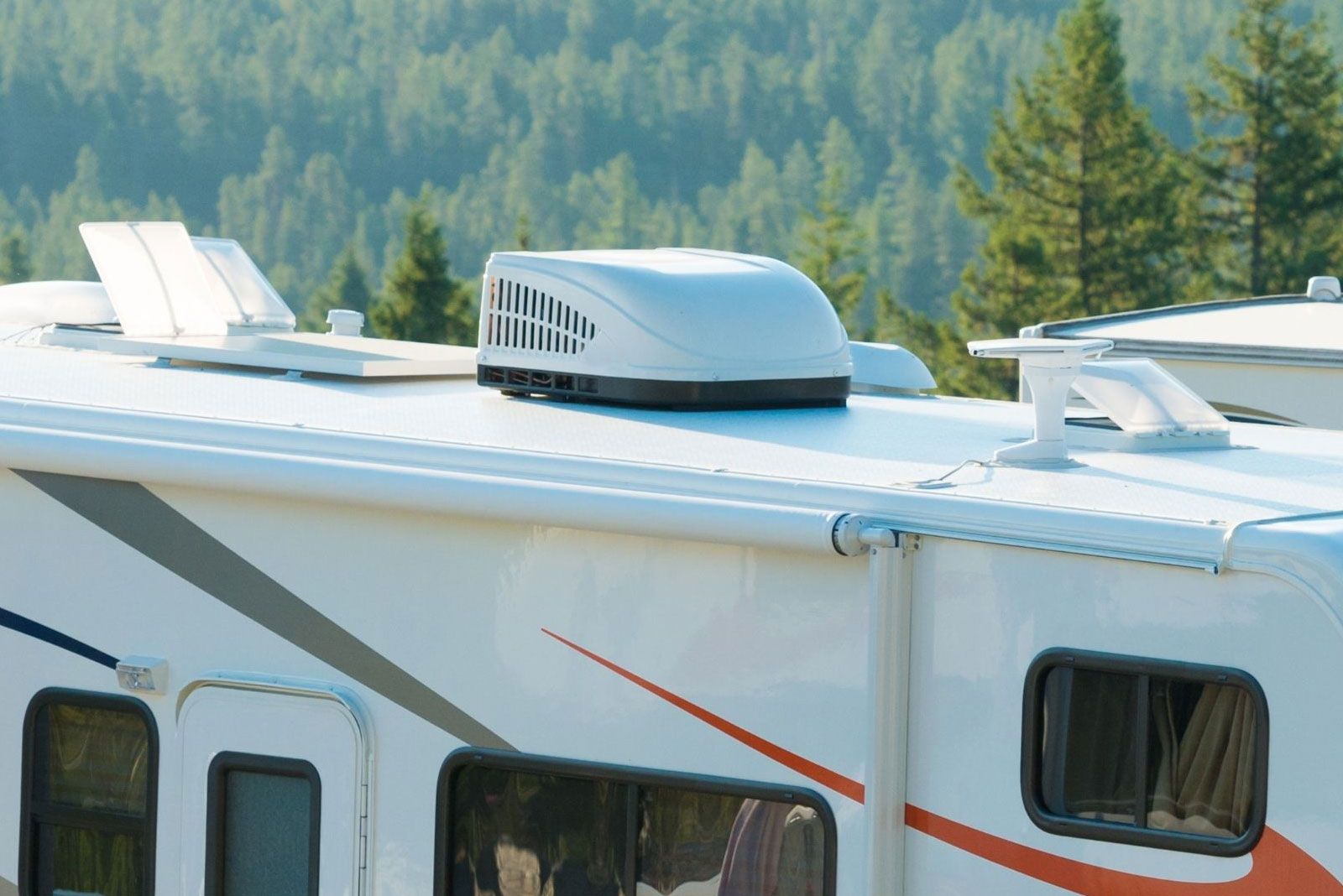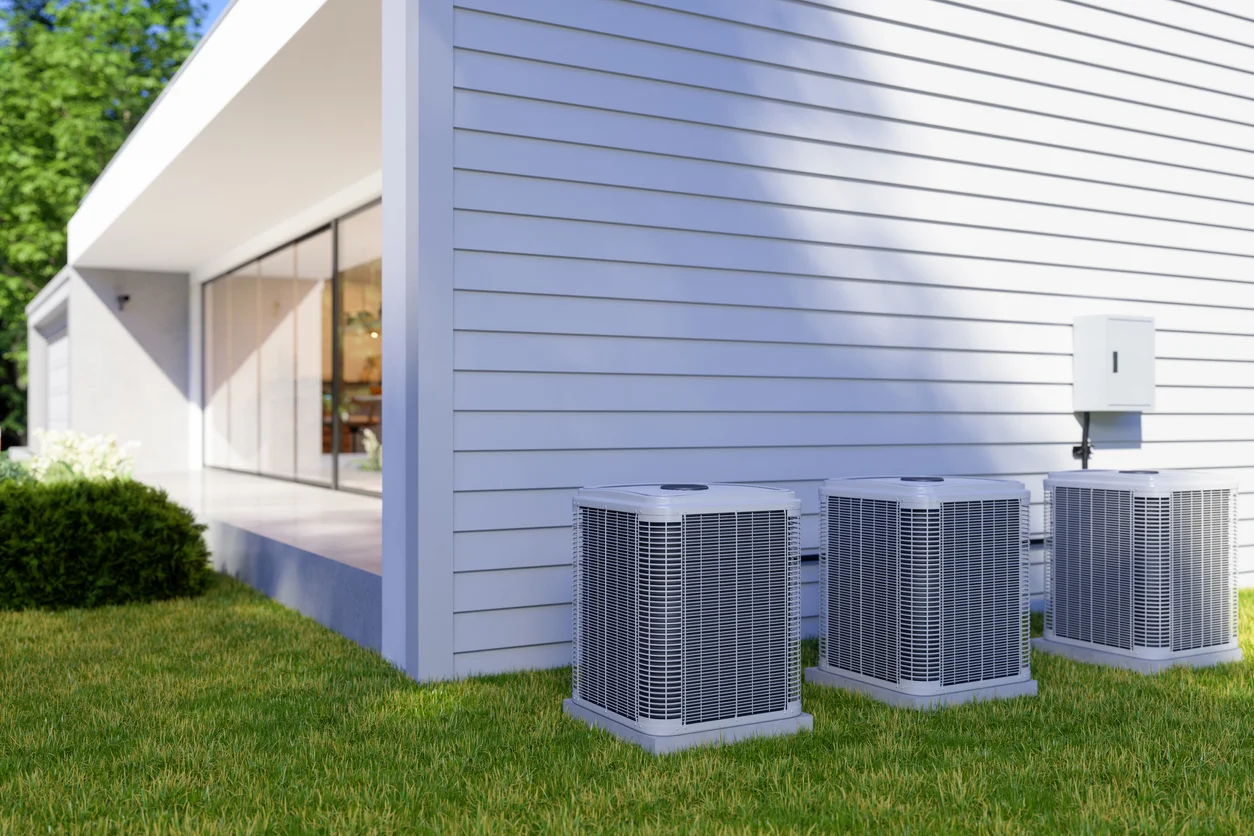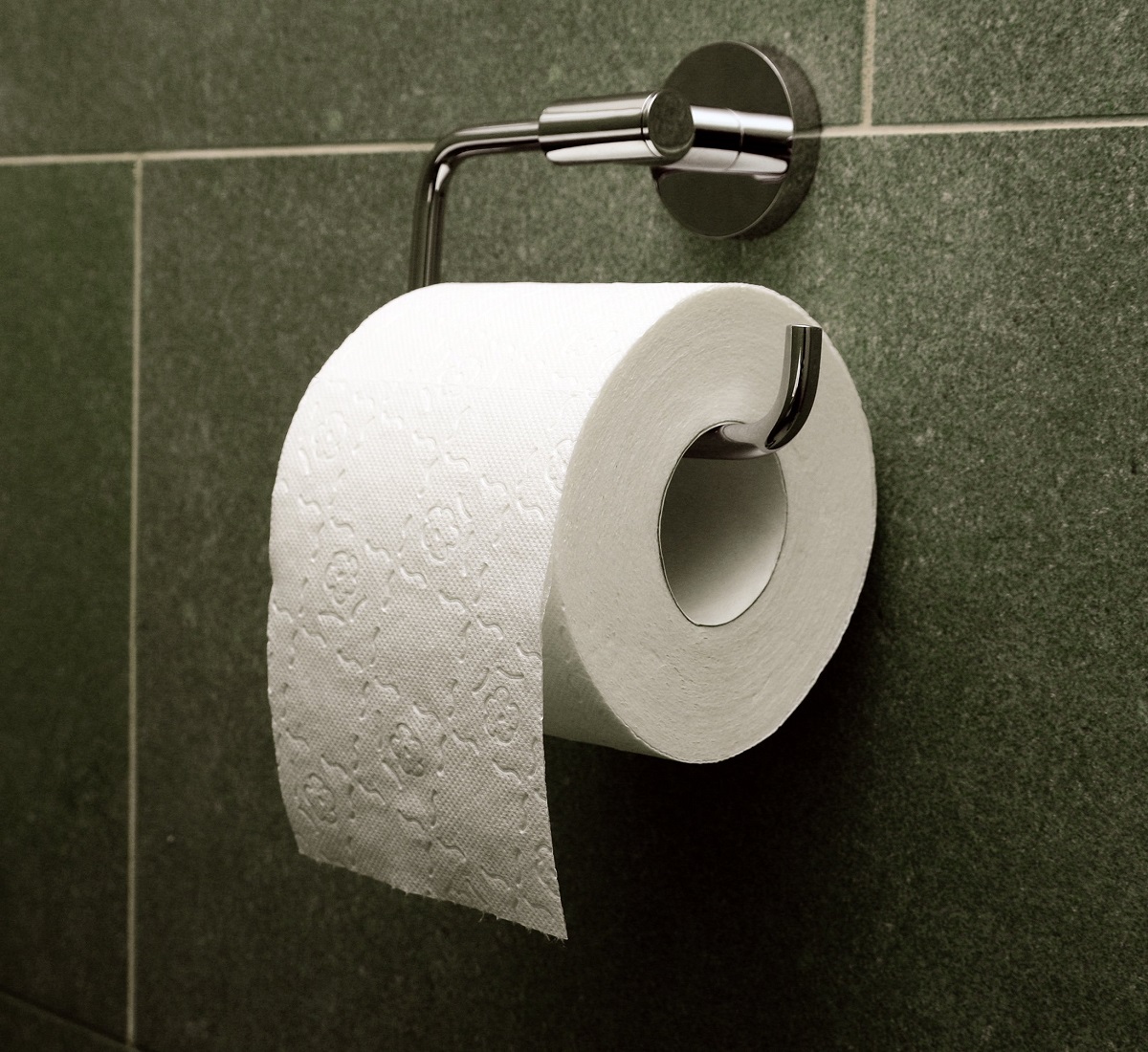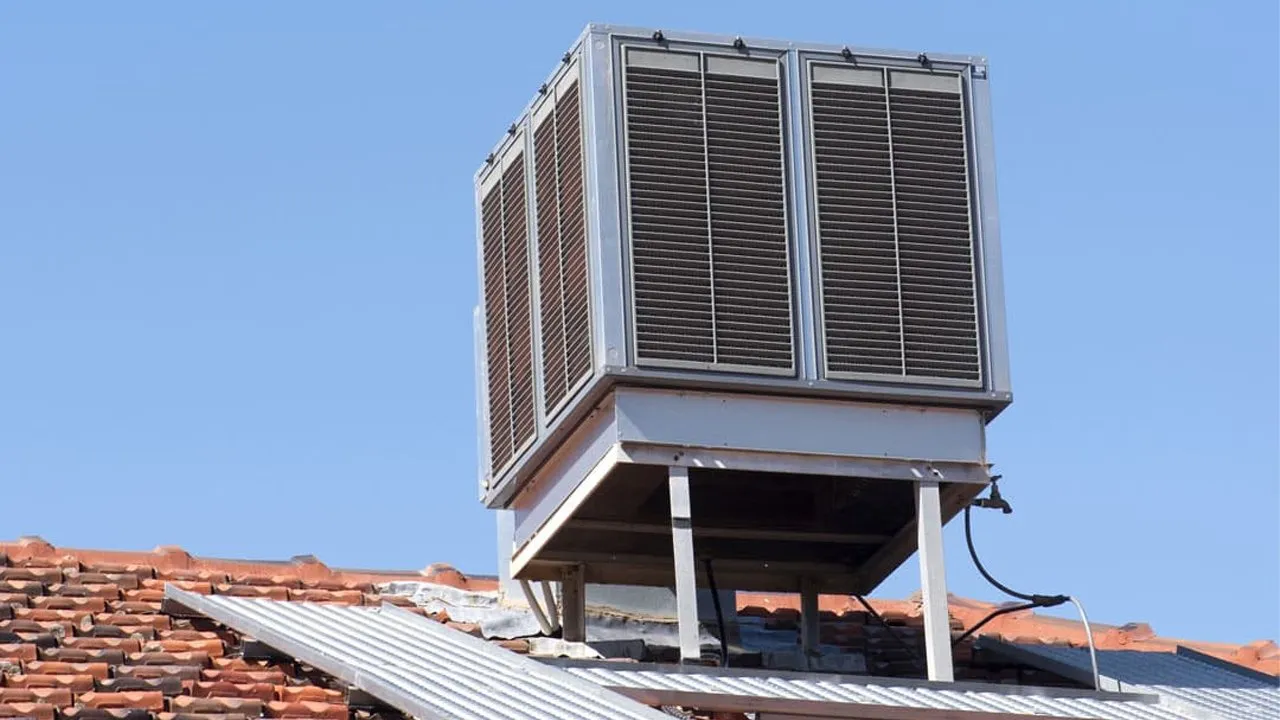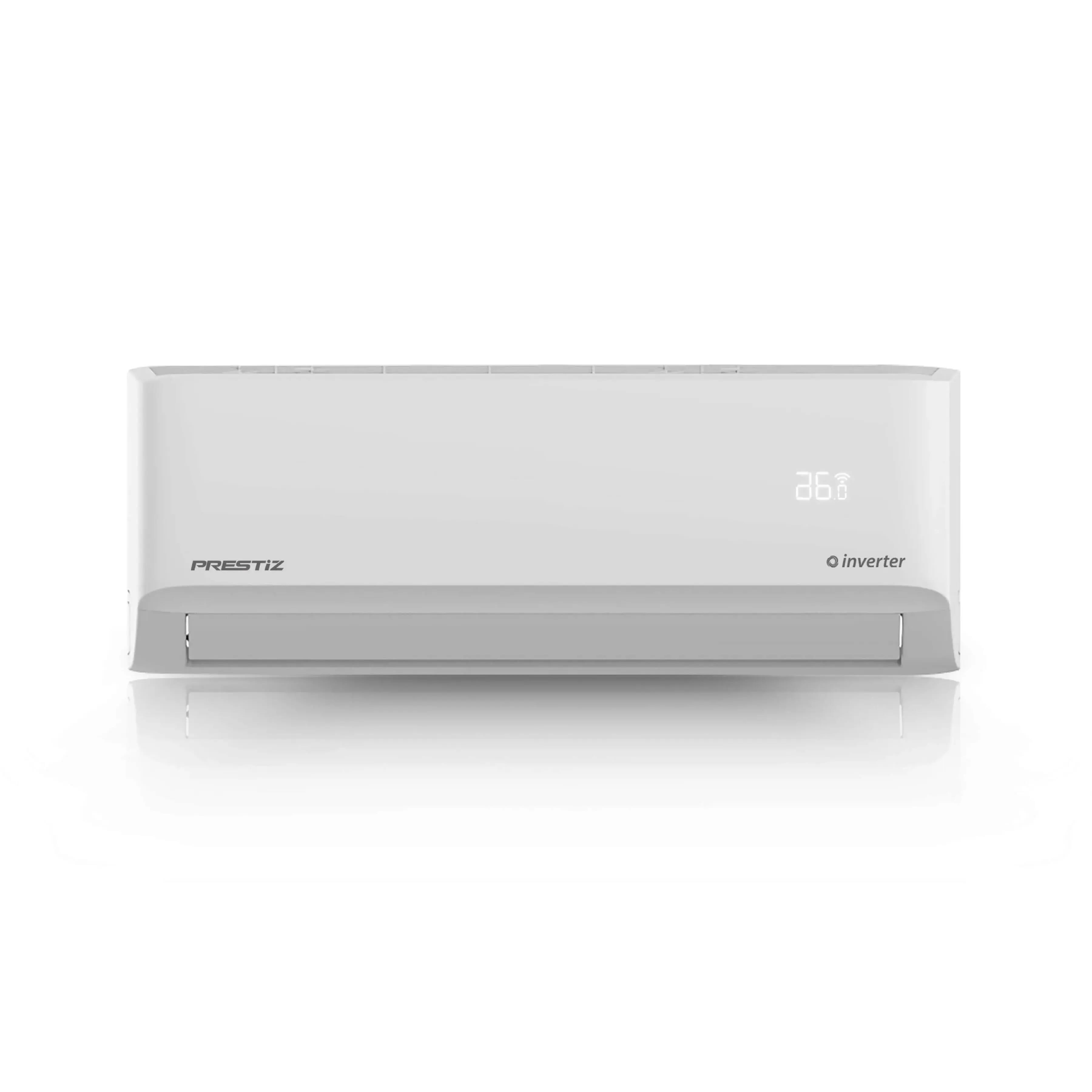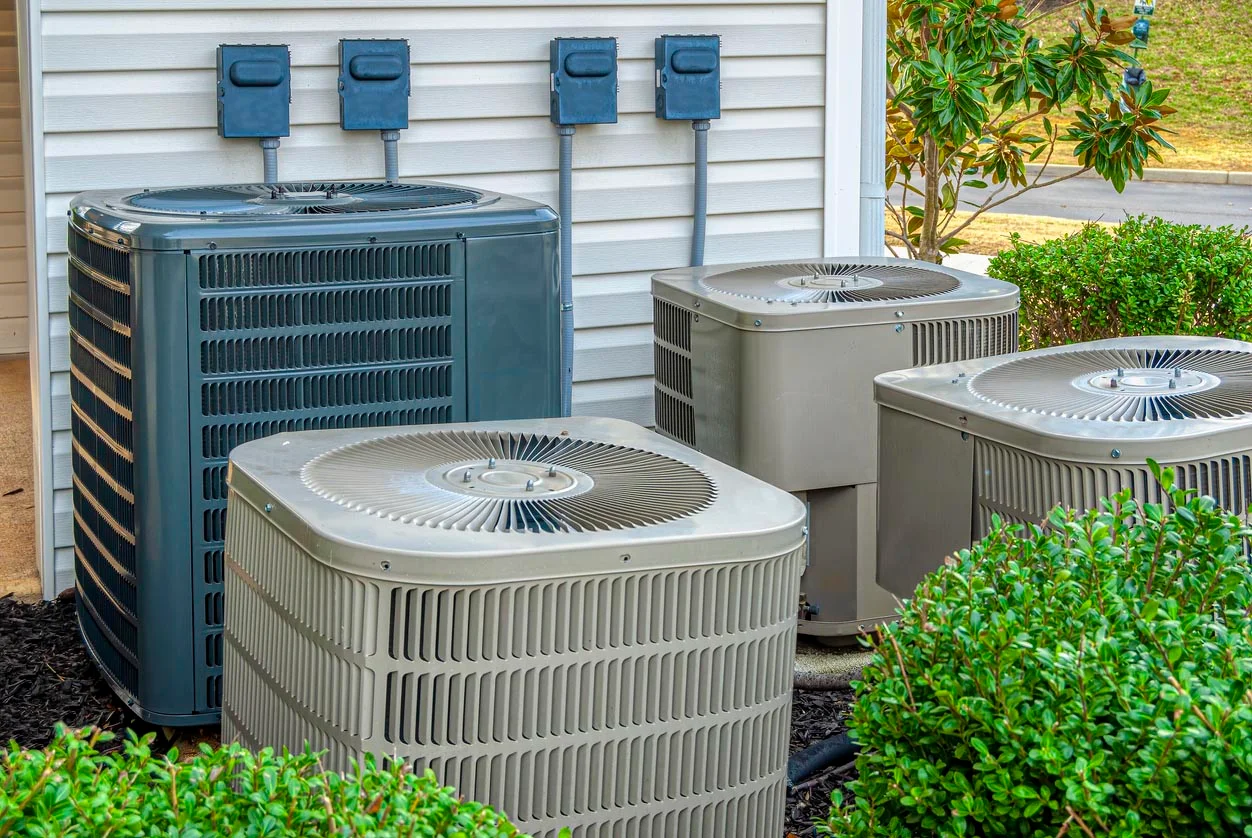Home>Home Maintenance>What Is A Soft Start For An RV Air Conditioner
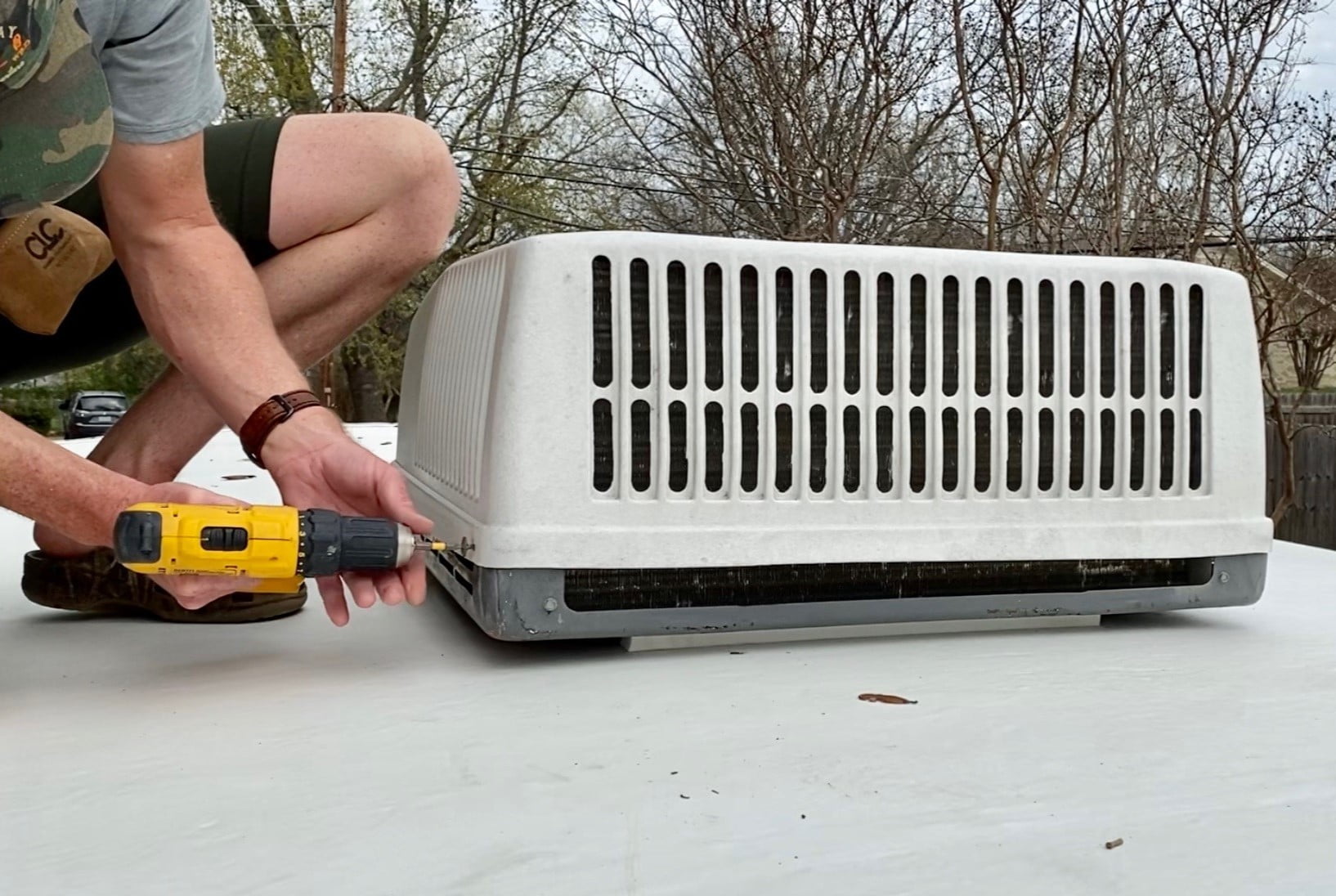

Home Maintenance
What Is A Soft Start For An RV Air Conditioner
Modified: March 7, 2024
Learn what a soft start is for an RV air conditioner and how it can improve your home maintenance. Upgrade your RV with this efficient feature today!
(Many of the links in this article redirect to a specific reviewed product. Your purchase of these products through affiliate links helps to generate commission for Storables.com, at no extra cost. Learn more)
Introduction
Welcome to the world of RV living, where you can embrace the freedom of the open road while still enjoying the comforts of home. One of the essential components of any RV is the air conditioner, which keeps you cool and comfortable during those hot summer days. However, running an air conditioner in an RV can sometimes put a strain on the electrical system, leading to potential issues such as tripped breakers or even the risk of damage to the AC unit.
That’s where a soft start for an RV air conditioner comes in. This innovative device helps to reduce the initial power surge when the air conditioner is turned on, ensuring a smoother start-up and minimizing the strain on the electrical system. In this article, we will explore what a soft start is, how it works, and the benefits of using one in your RV.
Key Takeaways:
- Keep your RV’s electrical system safe and extend the lifespan of your air conditioner with a soft start device, which reduces strain, improves energy efficiency, and minimizes voltage drops.
- Installing a soft start for your RV air conditioner is a straightforward process that can be done as a DIY project, enhancing your air conditioning performance and comfort on the road.
Read more: How To Recharge An RV Air Conditioner
How Does an RV Air Conditioner Work?
Before diving into the details of a soft start for an RV air conditioner, let’s first understand how an RV air conditioner works. An RV air conditioner operates on the same basic principles as a traditional air conditioning system found in residential or commercial buildings, but with a few key differences to accommodate the unique needs of an RV.
An RV air conditioner consists of two main components: the indoor unit (also known as the evaporator) and the outdoor unit (also known as the condenser). The indoor unit is typically located on the ceiling inside the RV, while the outdoor unit is mounted on the roof.
The air conditioning process begins with the compressor, which is located in the outdoor unit. The compressor pressurizes the refrigerant, causing it to become hot. The now hot refrigerant is then circulated to the condenser, where it releases the heat to the outside air, effectively cooling down the refrigerant.
Once the refrigerant is cooled down, it flows into the evaporator unit, located inside the RV. At the evaporator, the refrigerant passes through a series of coils and fins. As warm air from inside the RV is blown over these coils, the heat from the air is absorbed by the refrigerant, making the air colder. The cooled air is then blown back into the RV, providing a comfortable indoor temperature.
As part of the air conditioning process, the air conditioner also dehumidifies the air inside the RV. As warm air passes over the evaporator coils, the moisture in the air condenses and is collected in a drain pan. This helps to reduce the humidity levels inside the RV, creating a more pleasant living environment.
Overall, an RV air conditioner operates on a simple yet effective principle of removing heat from the indoor air and releasing it outside. With the basic understanding of how an RV air conditioner works, we can now delve into the concept of a soft start and its significance in enhancing the performance of the air conditioner.
What Is a Soft Start?
A soft start is a device designed to reduce the electrical surge that occurs when an RV air conditioner is powered on. When you turn on your RV air conditioner, it requires a significant amount of power to start the compressor and the fan motor. This initial surge of electrical current, known as the inrush current, can put a strain on the electrical system and cause voltage fluctuations. This strain can potentially trip breakers, cause lights to dim, or even damage the AC unit.
A soft start device helps to mitigate these issues by gradually ramping up the power to the air conditioner when it is turned on. Instead of a sudden surge of electricity, the soft start gradually increases the voltage supplied to the compressor and fan motor over a short period of time. This gradual increase allows the components to start up smoothly and reduces the strain on the electrical system.
Soft start devices use advanced electronics and circuitry to control the power supplied to the air conditioner. They monitor the voltage and current and adjust the power output accordingly. By reducing the inrush current, a soft start helps to prevent voltage drops and ensures a smoother start-up, extending the lifespan of the air conditioner and minimizing the risk of electrical problems.
It’s important to note that a soft start does not affect the overall cooling capacity of the air conditioner. It simply helps to improve the efficiency and performance of the air conditioner by providing a more stable power supply.
Soft start devices are typically installed between the RV’s electrical system and the air conditioner. They can be retrofitted to existing RV air conditioning units or incorporated into new units during the manufacturing process.
- Did you know? Soft start devices are also commonly used in other applications, such as large industrial motors and generators, to reduce electrical surges and improve energy efficiency.
Benefits of Using a Soft Start for an RV Air Conditioner
Using a soft start for your RV air conditioner can offer several advantages. Let’s explore some of the key benefits:
- Reduces Strain on Electrical System: One of the primary benefits of a soft start is that it reduces the strain on your RV’s electrical system. By gradually ramping up the power to the air conditioner, it prevents sudden electrical surges that can overload the system. This helps to prevent tripped breakers, voltage fluctuations, and potential damage to the air conditioner.
- Extends Lifespan of Air Conditioner: By reducing the stress on the electrical components of the air conditioner, a soft start can help extend the lifespan of the unit. The gradual start-up provided by the soft start device reduces wear and tear on the compressor and motor, resulting in improved durability and longevity of your air conditioning system.
- Improves Energy Efficiency: Soft start devices also contribute to improved energy efficiency. The gradual start-up consumes less power compared to the initial surge that occurs without a soft start. This can lead to energy savings and lower electricity bills in the long run, making your RV more environmentally friendly and cost-effective.
- Minimizes Voltage Drops: Voltage drops can occur when an air conditioner is started, especially if the RV is connected to a weaker power source. These voltage drops can lead to dimming lights or affect the performance of other electrical appliances. With a soft start, the gradual increase in power helps to mitigate voltage drops, ensuring a stable power supply throughout your RV.
- Enhances Comfort, Especially on Low-Power Connections: If you often camp at locations with limited electrical capacity, such as campgrounds with low-power connections, a soft start can make a significant difference in your RV’s air conditioning performance. By reducing the initial power surge, the soft start allows your air conditioner to run more smoothly, providing consistent cooling even in situations with limited power availability.
Overall, using a soft start for your RV air conditioner can help protect your electrical system, extend the lifespan of your air conditioner, improve energy efficiency, minimize voltage drops, and enhance your overall comfort while on the road. It is a worthwhile investment for any RV owner seeking to optimize their air conditioning experience.
Consider using a soft start device for your RV air conditioner to reduce the initial power surge when starting up, which can help prevent tripping the circuit breaker and extend the life of your AC unit.
Installation Process for a Soft Start
The installation of a soft start for your RV air conditioner may vary depending on the specific device and the make and model of your air conditioner. It is important to refer to the manufacturer’s installation instructions for precise guidance. However, here is a general overview of the installation process:
- Gather the necessary tools: Before you begin, make sure you have all the tools you will need for the installation. This may include a screwdriver, wire stripper, electrical tape, and other basic electrical tools.
- Turn off the power: Ensure that the power to your RV’s electrical system is turned off completely. This is essential for your safety during the installation process.
- Locate the electrical connections: Find the electrical connections on your RV’s air conditioner unit. Depending on the model, these connections may be located in the control box or on a separate electrical panel.
- Disconnect the power supply: Carefully disconnect the power supply to the air conditioner. This typically involves removing the wires connected to the air conditioning unit.
- Connect the soft start device: Follow the manufacturer’s instructions to connect the soft start device between the RV’s electrical system and the air conditioner. This may involve splicing wires, connecting terminals, or using specific connectors provided with the device. Pay attention to the wiring diagram and ensure proper connections.
- Secure the connections: Once the connections are made, ensure that they are securely fastened. Use electrical tape or wire connectors to protect the exposed wires and prevent any potential short circuits.
- Reconnect the power supply: Once all the connections are secure, reconnect the power supply to the air conditioner, following the correct polarity. Double-check all the connections to ensure they are properly aligned.
- Test the soft start: Before fully closing up the control box or electrical panel, test the soft start device to ensure it is functioning correctly. Turn on the power to your RV and activate the air conditioner. Observe the start-up process and listen for any unusual sounds or vibrations.
- Close up the control box or panel: Once you are satisfied that the soft start is working as intended, close up the control box or electrical panel. Make sure all screws or fasteners are securely tightened.
It is highly recommended to consult a professional or an RV technician if you are unsure about any aspect of the installation process. They can provide guidance and ensure that the soft start device is installed correctly, minimizing the risk of electrical issues or damage to your air conditioner.
Read more: How To Clean An RV Air Conditioner
Common FAQs about Soft Starts for RV Air Conditioners
Here are some frequently asked questions about soft starts for RV air conditioners:
- Do I need a soft start for my RV air conditioner?
- Can I install a soft start device myself?
- Will a soft start affect the cooling capacity of my air conditioner?
- Can I use a soft start with other appliances in my RV?
- Will a soft start decrease my energy consumption?
- Can I use a soft start with a generator?
- Do all RV air conditioners support soft starts?
While a soft start is not mandatory, it is highly recommended, especially if you frequently experience issues with tripped breakers or voltage fluctuations when running your air conditioner.
Yes, installation of a soft start device can typically be done as a DIY project. However, if you are not comfortable working with electrical systems or are unsure about the installation process, it is best to consult a professional or an RV technician.
No, a soft start does not affect the overall cooling capacity of your RV air conditioner. It only helps to improve the efficiency and performance of the unit by reducing the strain on the electrical system during start-up.
Soft starts are primarily designed for air conditioners. However, some models may also work with other appliances that have high initial power requirements, such as refrigerators or freezers. Check the manufacturer’s specifications to see if the soft start is compatible with other appliances.
While a soft start device can improve energy efficiency by reducing the initial power surge, the actual effect on your energy consumption may vary depending on factors such as usage patterns and RV electrical system efficiency. It is best to monitor your energy consumption after installing a soft start to determine any changes.
Soft starts are primarily designed for use with shore power or standard electrical connections, rather than generators. However, there are some soft start models available that can be used with certain generator setups. Ensure that the soft start you choose is compatible with your specific generator setup if you intend to use it in conjunction.
Most modern RV air conditioners can be retrofitted with a soft start device. However, it is always recommended to check the compatibility of your specific air conditioner model with the soft start device you intend to use.
If you have any other questions or concerns about soft starts for your RV air conditioner, it is best to consult the manufacturer or a knowledgeable RV professional who can provide you with specific guidance and recommendations based on your RV’s system.
Conclusion
A soft start for an RV air conditioner is a valuable accessory that can greatly enhance your RVing experience. By reducing the strain on your RV’s electrical system, it ensures smoother start-ups, extends the lifespan of your air conditioner, improves energy efficiency, and minimizes voltage drops. Installing a soft start device is a fairly straightforward process that can be done as a DIY project or with the assistance of a professional.
When considering whether to invest in a soft start for your RV air conditioner, it’s important to evaluate your specific needs and usage patterns. If you frequently experience electrical issues or camp at locations with limited power capacity, a soft start can significantly improve your air conditioning performance and comfort.
As you embark on your RV adventures, remember to prioritize safety and adhere to the manufacturer’s instructions when installing a soft start or making any modifications to your RV’s electrical system. If you are unsure about any aspect of the installation process, it is always best to consult a professional or seek the assistance of an RV technician.
With a soft start for your RV air conditioner, you can enjoy the cool comforts of your home on wheels without worrying about electrical issues or damage to your air conditioning unit. It’s an investment that not only prolongs the life of your air conditioner but also enhances the overall efficiency and performance of your RV’s electrical system.
So, gear up, hit the road, and stay cool with a soft start for your RV air conditioner! Happy RVing!
Frequently Asked Questions about What Is A Soft Start For An RV Air Conditioner
Was this page helpful?
At Storables.com, we guarantee accurate and reliable information. Our content, validated by Expert Board Contributors, is crafted following stringent Editorial Policies. We're committed to providing you with well-researched, expert-backed insights for all your informational needs.
